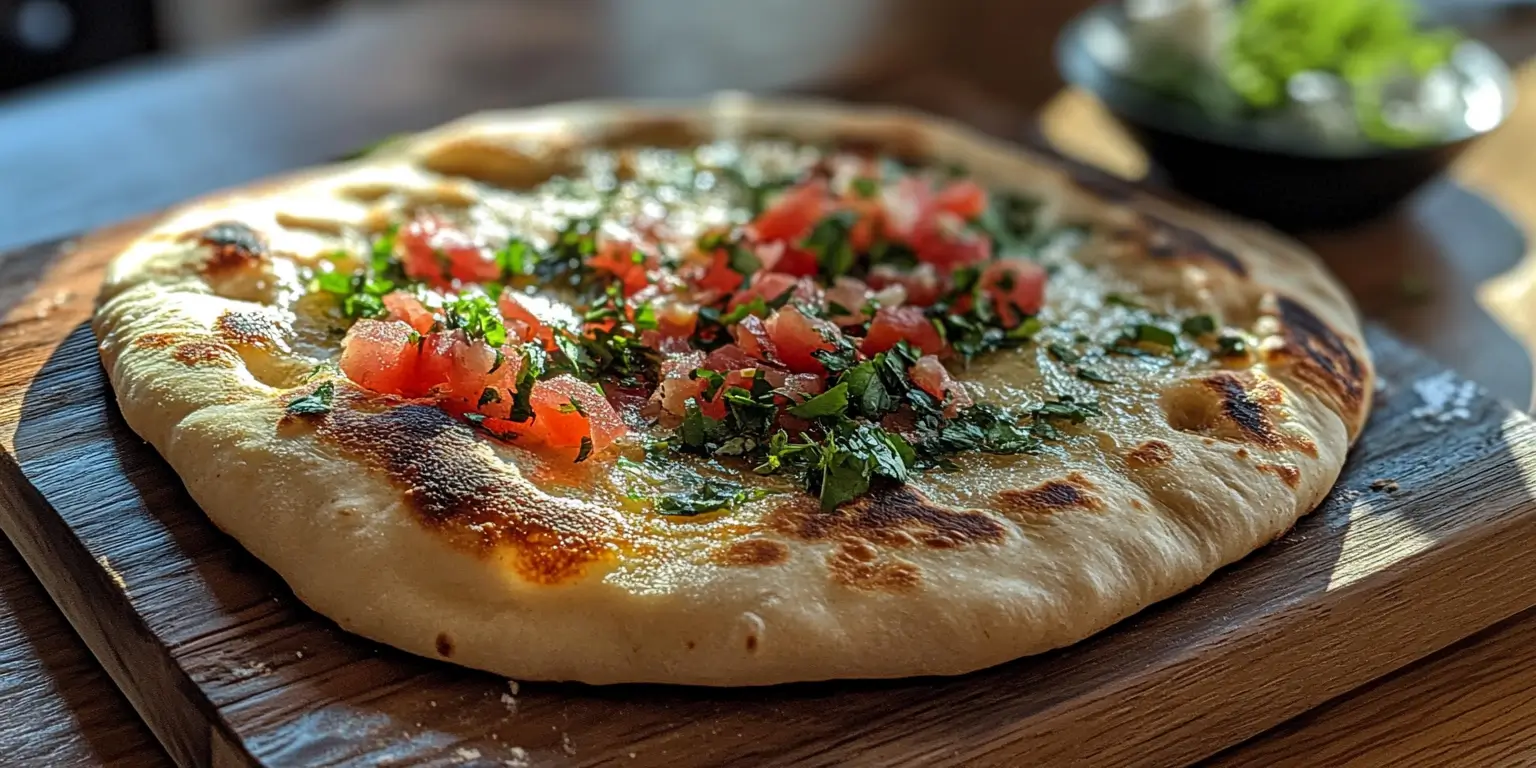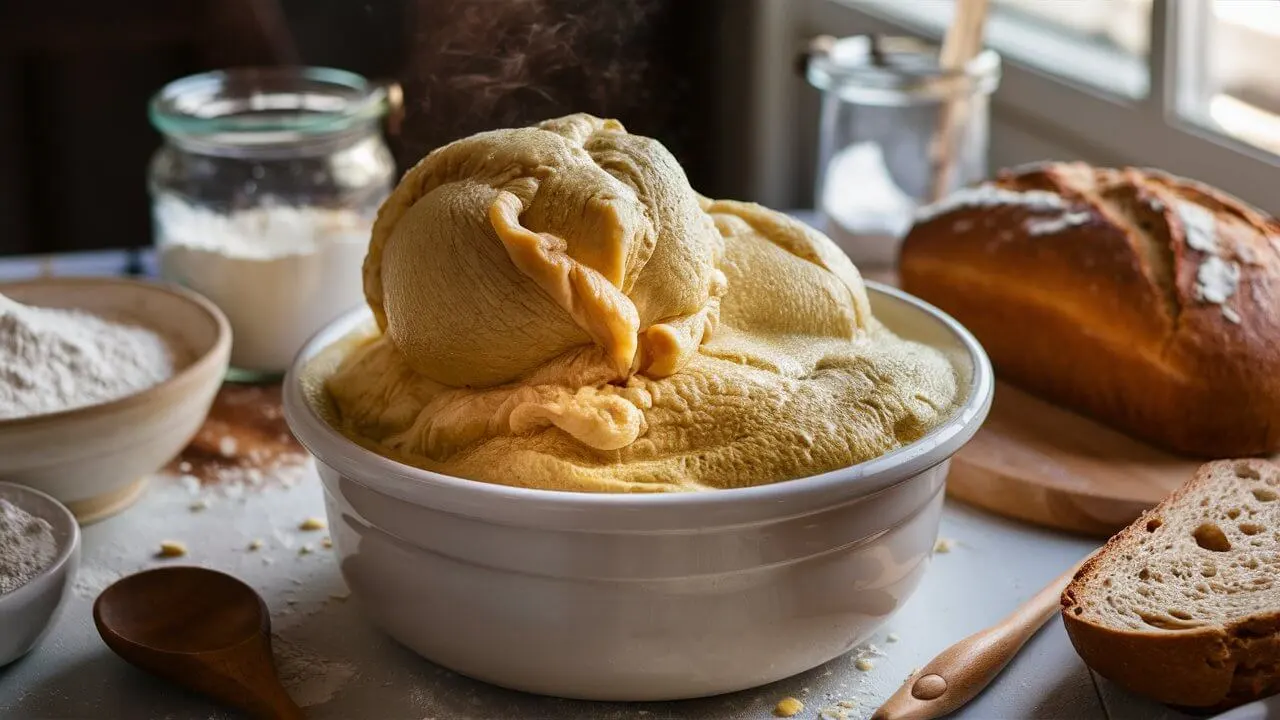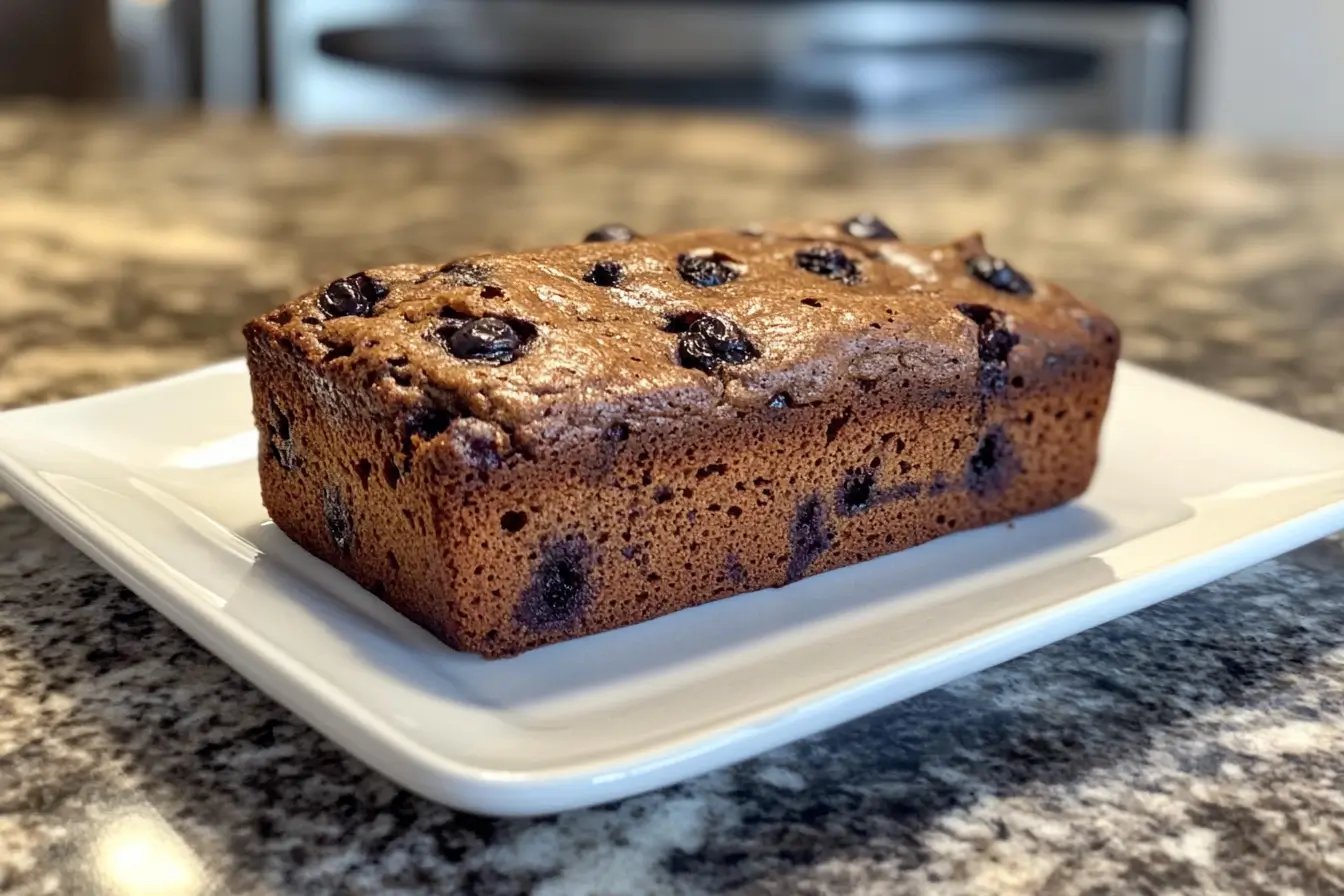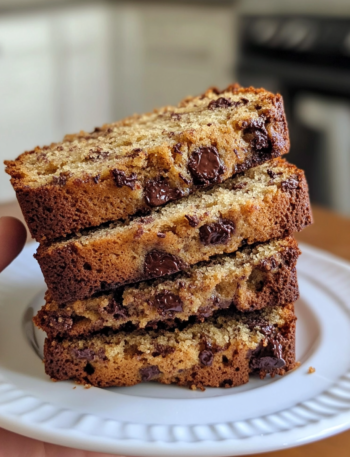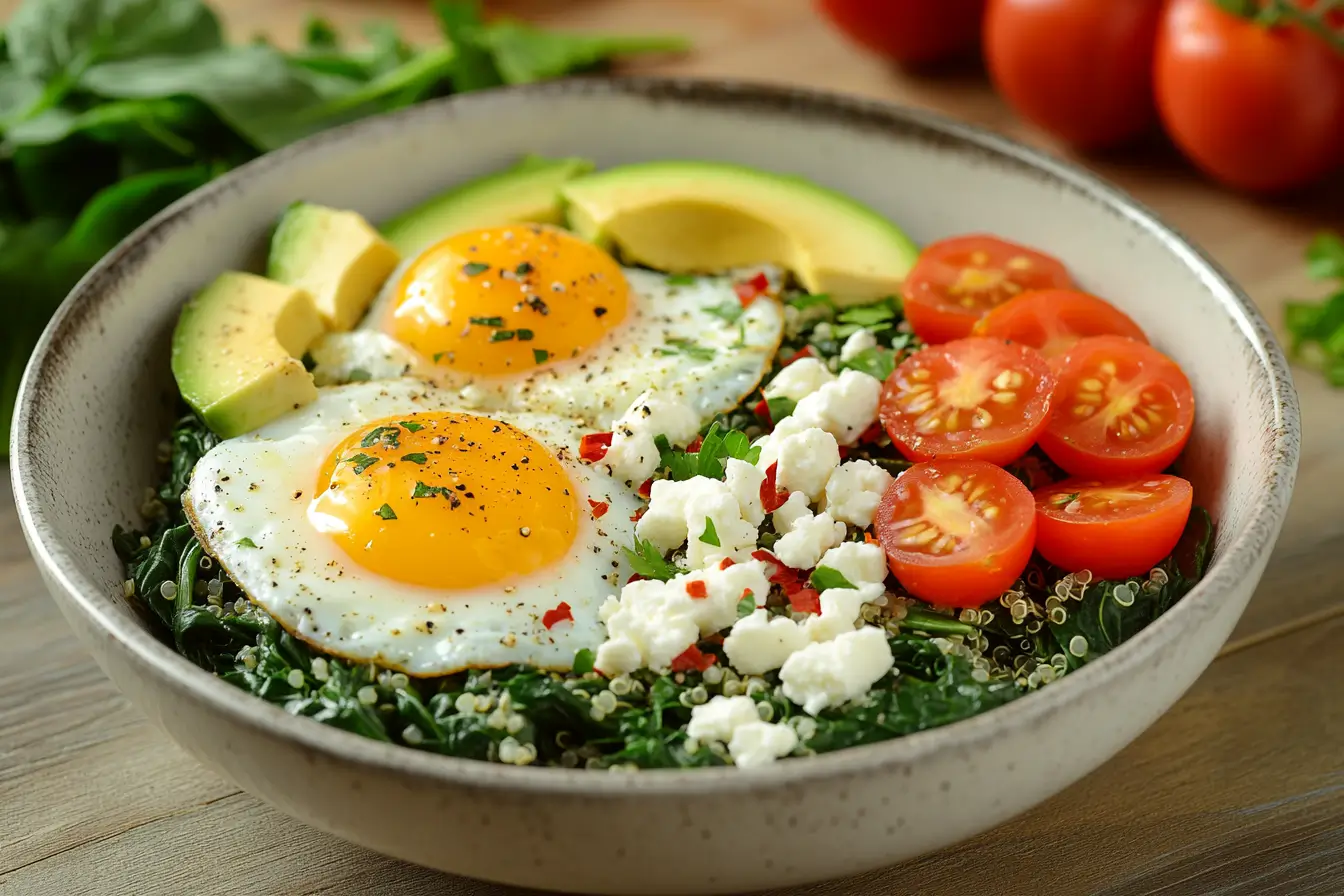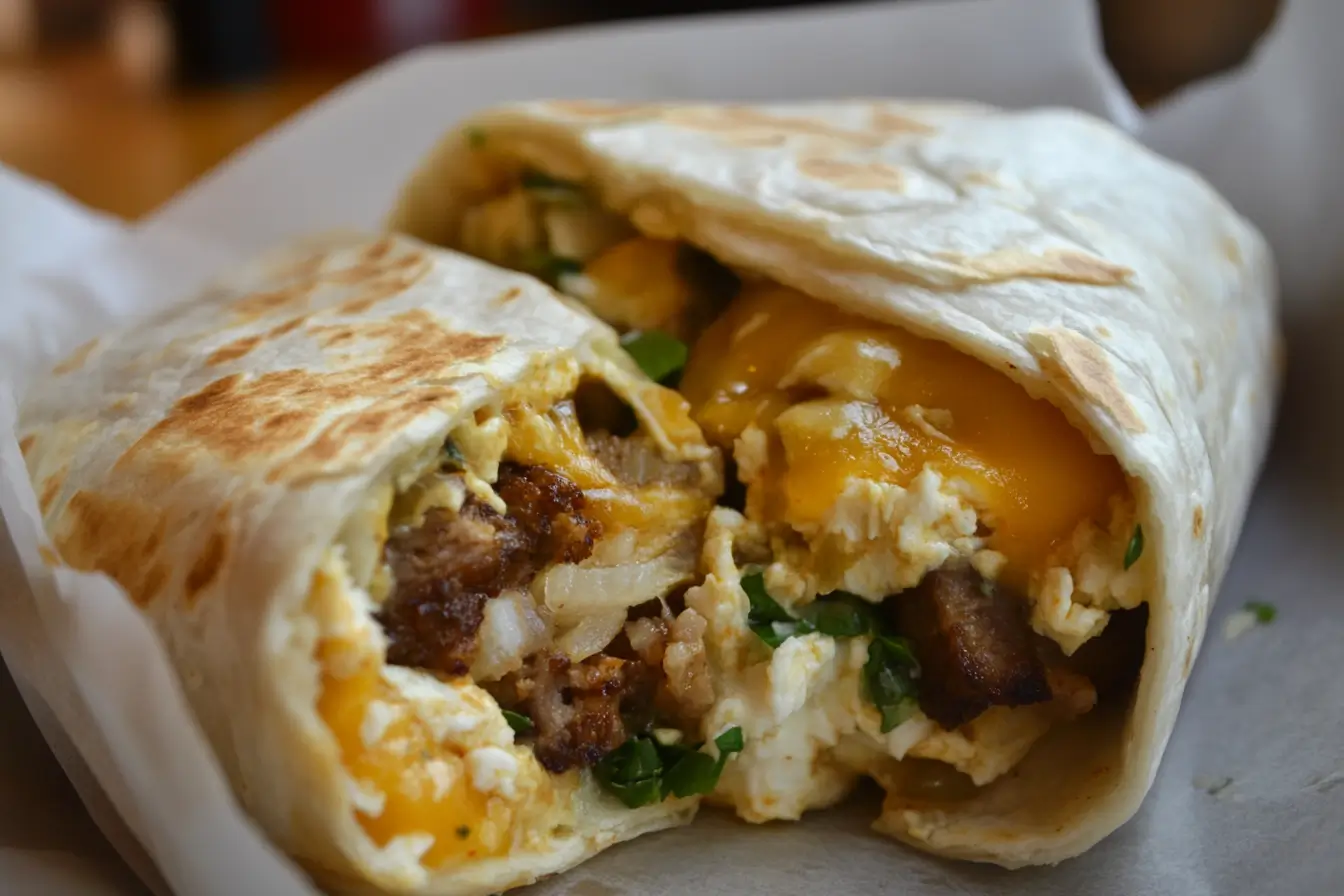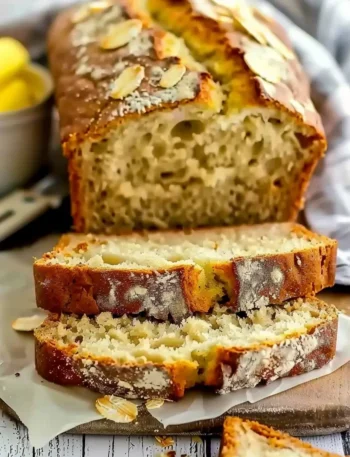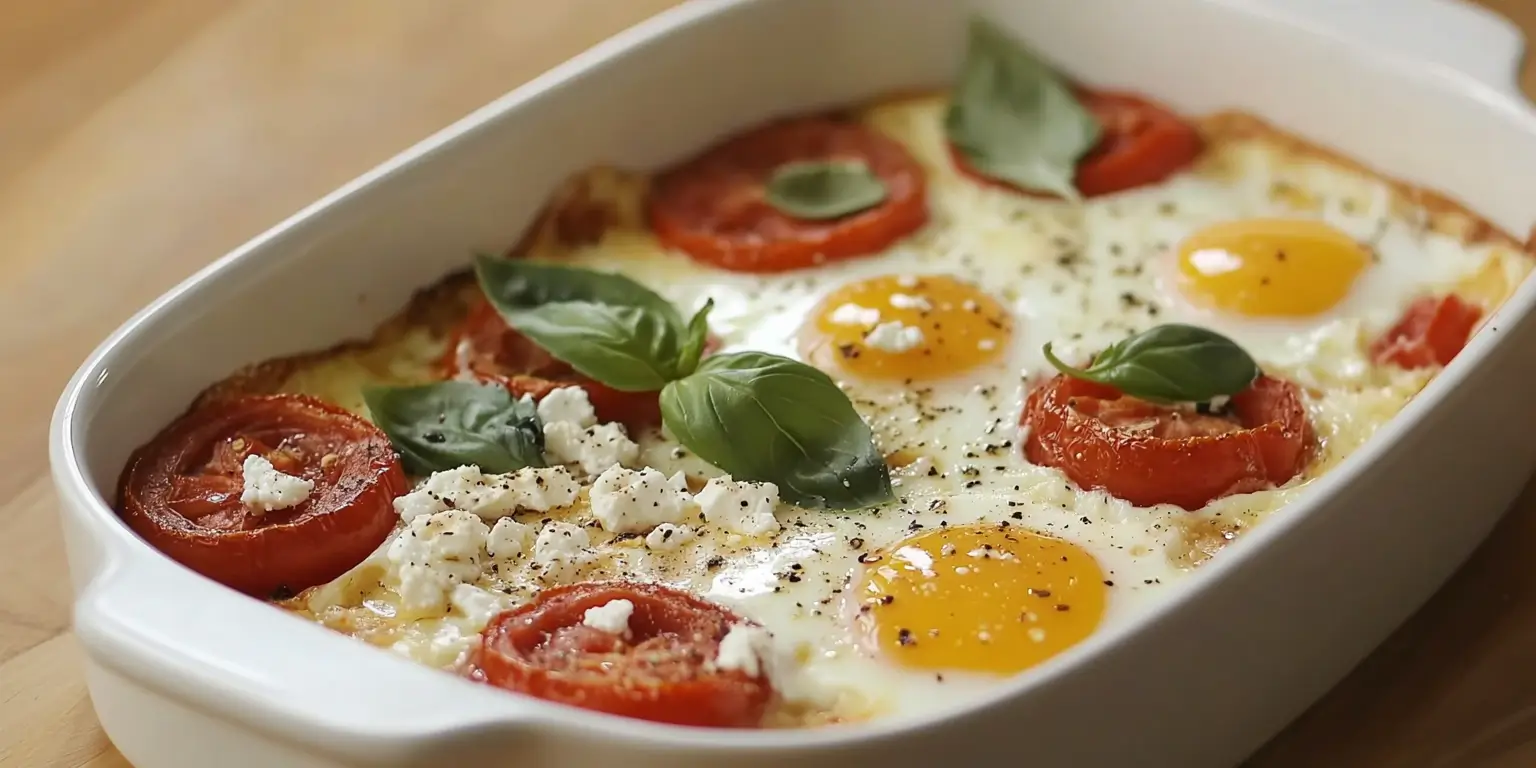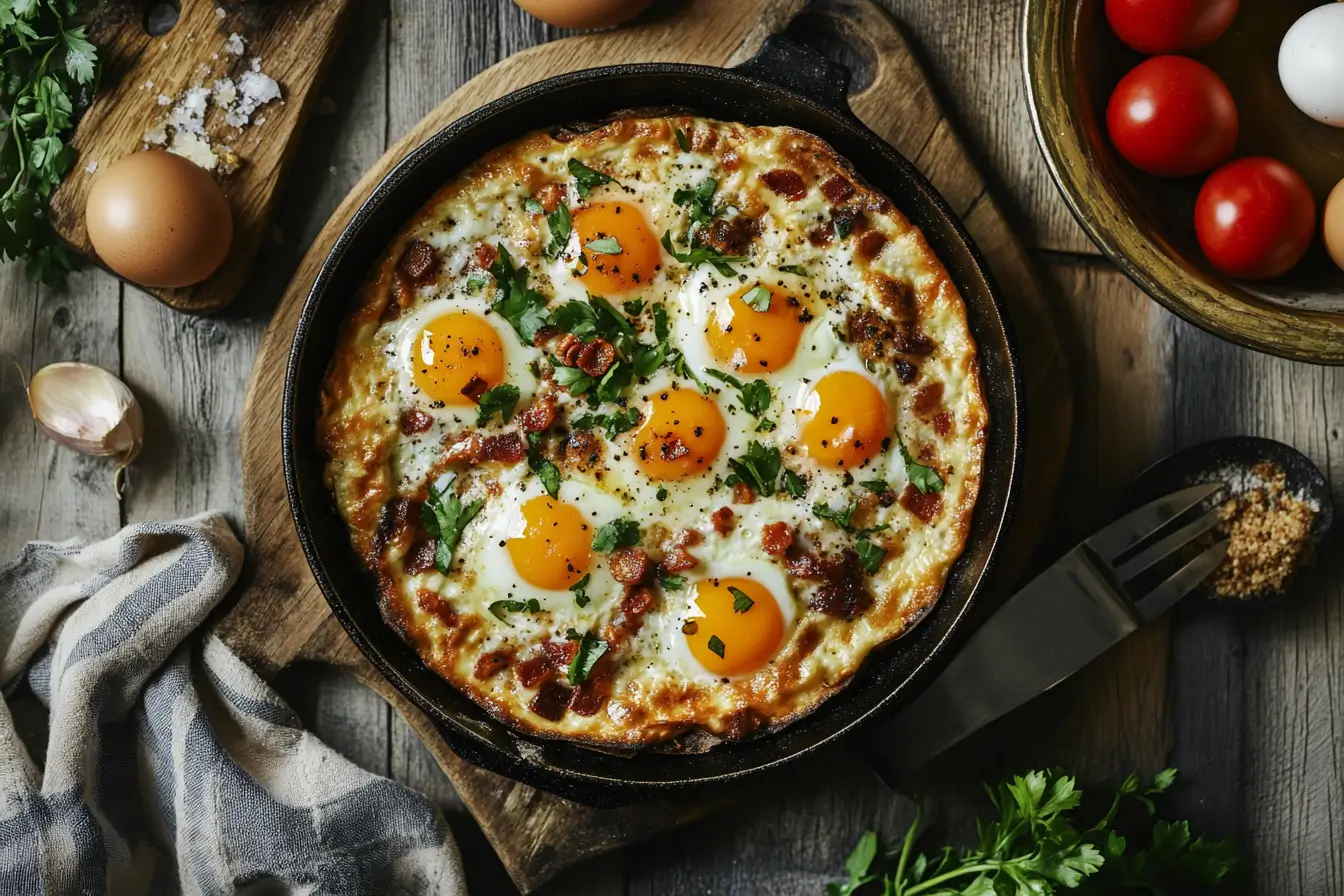Flatbreads are a universal favorite, finding their place in cuisines across the globe, from Moroccan msemen to Indian naan and Middle Eastern pita. There’s something inherently comforting about the pillowy softness of freshly made flatbread, warm off the skillet. This recipe for soft flatbread is perfect for scooping up your favorite dips, wrapping around fillings, or simply savoring with a drizzle of olive oil. Whether you’re a seasoned cook or a beginner, this recipe will guide you step by step to achieve the perfect fluffy texture. Let’s get started!
Ingredients:
- 3 cups all-purpose flour (plus extra for dusting)
- 1 teaspoon salt
- 1 teaspoon sugar
- 1 teaspoon baking powder
- 1 tablespoon instant yeast
- 1 cup warm water (110°F/45°C)
- 2 tablespoons olive oil (plus extra for greasing)
- 1/3 cup plain yogurt
Instructions:
1: Prepare the Dough
- In a large mixing bowl, combine the warm water, sugar, and yeast. let it to rest for about ten minutes. This shows that your yeast is active and ready to work its magic.
- Tip: If your yeast doesn’t foam, it might be expired or the water may have been too hot or too cold. The water should be comfortably warm to the touch, like a warm bath.
- Add in the yogurt, olive oil, salt, and baking powder. Stir until well mixed.
- Slowly add the flour one cup at a time, mixing continuously until a shaggy dough forms. The dough will start to come together but may still look slightly messy at this stage.
- Turn the dough onto a lightly floured surface and knead for about 5-7 minutes until it becomes smooth and elastic. Alternatively, use a stand mixer with a dough hook for about 4 minutes on medium speed. Kneading helps develop the gluten, which contributes to the flatbread’s chewiness.
- Tip: If the dough is too sticky, add flour a tablespoon at a time until it becomes manageable. If it feels too dry, add a teaspoon of water at a time.
2: Let It Rise
- Form the dough into a ball and place it in a greased bowl. Cover with a damp cloth or plastic wrap and let it rest in a warm place for about 1 hour, or until doubled in size.
- Tip: If your kitchen is cold, place the bowl in an oven with just the light on or near a window with sunlight. Yeast loves warmth to rise properly.
- While waiting for the dough to rise, you can prepare any accompaniments you want to serve with the flatbread, like a garlic yogurt dip or a spicy hummus.
3: Shape the Flatbreads
- Once the dough has risen, punch it down to release any air. This helps eliminate large air bubbles and ensures even cooking.
- Divide it into 8 equal pieces. If you want smaller flatbreads for appetizers, divide the dough into 12 pieces instead.
- Roll each piece into a ball and let them rest for about 10 minutes. This resting period makes the dough easier to roll out as it allows the gluten to relax.
- On a floured surface, use a rolling pin to roll each ball into a circle about 1/4-inch thick. Don’t worry if they’re not perfectly round—rustic shapes give character!
- Tip: Dust your rolling pin with flour to prevent sticking, and make sure the surface is well-floured too.
4: Cook the Flatbread
- Heat a large skillet or non-stick pan over medium-high heat. Brush it lightly with olive oil. The skillet should be hot enough that a few drops of water sizzle immediately when sprinkled on it.
- Place one of the rolled-out dough circles in the skillet. Cook for 1-2 minutes, or until bubbles form on the surface and the bottom has golden brown spots.
- Tip: If you want extra fluffy flatbreads, press gently on the bubbles with a spatula to encourage them to grow.
- Flip and cook for another 1-2 minutes on the other side until golden brown.
- Remove the flatbread from the skillet and wrap it in a clean kitchen towel to keep warm and soft. This also helps trap steam, which keeps the bread tender. Repeat with the remaining dough.
Notes & Variations:
- Garlic Herb Flatbread: Add a teaspoon of minced garlic and a tablespoon of finely chopped fresh herbs (like rosemary, thyme, or parsley) to the dough for an extra flavor punch. This variation is perfect for pairing with Italian dishes or grilled meats.
- Dairy-Free Option: Substitute yogurt with coconut yogurt or omit it entirely and add a bit more olive oil. This version works well if you’re making the flatbreads to pair with a coconut-based curry.
- Spicy Flatbread: Mix in 1/2 teaspoon of chili flakes to the dough for a hint of heat. Serve these spicy flatbreads with cooling dips like tzatziki or raita.
- Stuffed Flatbread: Roll out each piece of dough and add a spoonful of filling (like mashed potatoes with spices or cheese). Fold over and seal, then roll gently again before cooking.
Time Required:
- Prep Time: 20 minutes
- Rest Time: 1 hour 10 minutes
- Cook Time: 16 minutes
- Total Time: 1 hour 46 minutes
Nutritional Info (per flatbread):
- Calories: 180
- Carbs: 28g
- Protein: 4g
- Fat: 6g
- Fiber: 1g
Chef’s Notes:
This flatbread is wonderfully soft due to the combination of yogurt and yeast, which helps achieve that airy, fluffy texture we all crave. When cooking, make sure your skillet is hot enough to create those delicious brown spots without drying out the bread. Wrapping the flatbreads in a cloth once they’re done keeps them warm and prevents them from hardening—keeping them ready for whatever you wish to pair them with!
For an elevated twist, consider brushing the flatbreads with melted butter infused with garlic or herbs right after cooking. This adds another layer of flavor and makes the bread extra luxurious.
These flatbreads are incredibly versatile. Use them as a base for quick pizzas, topped with tomato sauce, cheese, and your favorite toppings, or cut them into wedges and serve with a selection of dips for an appetizer platter. They’re also great for wraps, paired with grilled veggies, falafel, or roasted meats.
FAQs
- Can I freeze these flatbreads?
Absolutely! Freezing flatbreads is a great way to make sure you always have some on hand for a quick meal. Once the flatbreads have cooled completely, wrap each one individually in plastic wrap or parchment paper. Then, place them all in a resealable freezer bag to prevent freezer burn. When you’re ready to eat them, reheat by placing the frozen flatbread directly onto a hot skillet for about 1-2 minutes on each side, or microwave them for 20-30 seconds with a damp paper towel to maintain softness and moisture. This process keeps them tender, fresh, and prevents drying out.
- Why did my flatbreads turn out tough?
If your flatbreads are turning out tough, it’s likely due to either overcooking or overworking the dough. To get the perfect texture, be careful not to over-knead the dough; kneading too much activates the gluten excessively, resulting in a dense, chewy bread. When cooking, keep an eye on the heat and timing—cook just until light golden brown spots appear. Also, avoid rolling the dough too thin, as this makes it more prone to drying out. Aim for a thickness that allows the flatbread to puff slightly while cooking.
-
Can I make these without yeast?
Yes, you can make these flatbreads without yeast, but the texture will be different. If you’re looking for a quicker, yeast-free version, you can substitute the yeast with an additional teaspoon of baking powder. This will create an unleavened flatbread that’s less fluffy and more like a traditional stovetop flatbread, but still soft and flavorful. It’s best enjoyed fresh and warm, and it pairs wonderfully with dips and toppings for a quick snack or side dish.
-
What can I serve with flatbread?
The beauty of flatbreads is their versatility. They can be paired with almost anything! Serve them with creamy dips like hummus, baba ganoush, or tzatziki for a simple appetizer. You can also use them as a wrap for grilled meats or roasted vegetables—try filling them with grilled chicken, tzatziki, and fresh veggies for a delicious wrap. Flatbreads are also fantastic with hearty curries, soups, or stews, as they soak up all those wonderful flavors. You can even use them as a quick pizza base by adding some tomato sauce, cheese, and your favorite toppings before baking until the cheese melts.
- How can I make them fluffier?
To achieve extra fluffy flatbreads, there are a few key steps to follow. First, make sure your yeast is fresh and active—yeast that’s too old will lead to a flat, dense dough. The dough needs time to rise properly, so allow it to rest in a warm spot until it has doubled in size. The yogurt in the recipe also plays a big role in making the flatbread tender, so don’t skip it! For an additional fluff boost, consider adding a touch more baking powder. Just be careful not to add too much, as this can affect the taste by making it overly bitter.
-
Can I make these flatbreads gluten-free?
Yes, you can make gluten-free flatbreads by using a gluten-free all-purpose flour blend. Keep in mind that gluten-free flours tend to behave differently, so the dough might not be as elastic. To help improve the texture, consider adding a binding agent like xanthan gum or psyllium husk, which can help hold the dough together and make it easier to work with. Be prepared for a slightly different texture compared to traditional flatbreads, but they will still be delicious, especially when served warm.
-
Can I make flatbread without a rolling pin?
Absolutely! You don’t need a rolling pin to shape your flatbread. Instead, use your hands to gently press and stretch the dough into a flat shape. If the dough is sticky, you can lightly dust your hands with flour. Another creative option is to use a clean bottle, jar, or even a drinking glass as a makeshift rolling pin. The goal is to get the dough to an even thickness, so feel free to improvise with whatever you have in the kitchen!
- What can I do if my dough is too sticky?
If your dough feels too sticky to handle, it’s likely because it needs a bit more flour. Start by adding flour one tablespoon at a time, kneading gently until the dough is soft and slightly tacky but doesn’t stick excessively to your fingers. Be careful not to add too much flour, as this can make the flatbreads tough and dry. The dough should be soft, pliable, and easy to work with once you’ve added just the right amount of flour.
-
How do I store leftover flatbreads?
To store leftover flatbreads, keep them in an airtight container or resealable plastic bag at room temperature. To extend their freshness, you can refrigerate them for up to a week, but it’s best to reheat them before serving, as they tend to harden when chilled. To refresh, heat each flatbread on a hot skillet for about a minute per side, or wrap in a damp paper towel and microwave for 20-30 seconds until warm and soft again. This will bring back that freshly-made tenderness.
- Can I use whole wheat flour instead of all-purpose flour?
Yes, you can use whole wheat flour in place of all-purpose flour, but keep in mind that the texture and taste will be different. Whole wheat flour tends to produce a denser, nuttier flatbread. You might need to add a bit more water or yogurt to get a softer dough, as whole wheat flour absorbs more liquid. If you prefer a lighter texture, you can do a mix of half whole wheat and half all-purpose flour, which will still give you a bit of that nutty flavor without compromising too much on fluffiness.

